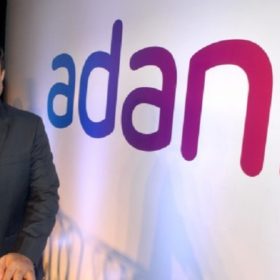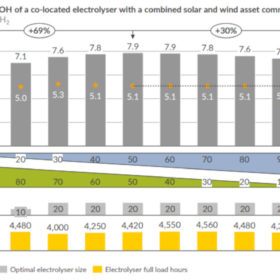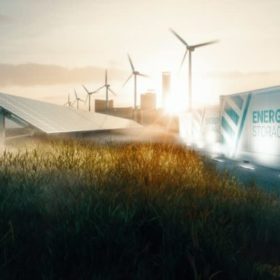Hydrogen combustion tech for residential water heaters
Japan’s Rinnai has unveiled what it claims is the world’s first 100% hydrogen combustion technology for residential water heaters. It is currently using the hydrogen water heater in demonstration projects in Australia, prior to commercialization.
TotalEnergies to acquire 25% stake in Adani’s green hydrogen unit
France’s TotalEnergies has signed an agreement with Adani Enterprises to acquire 25% of its new energy arm, Adani New Industries Ltd. The joint venture platform, ANIL, will be integrated across the value chain to drive down green hydrogen production costs. It aims to develop a green hydrogen production capacity of 1 million tons per annum by 2030.
Amara Raja bags India’s first green hydrogen fueling station project
Amara Raja’s power system business has landed a contract with NTPC to set up India’s first green hydrogen fueling station in Leh district, Ladakh. NTPC is running a pilot project in the region with five hydrogen fuel cell buses.
Green hydrogen price may drop to €5 kg by 2025
Aurora Energy Research says in a new report that maximum green hydrogen project profitability could be achieved when solar and wind power plants are combined with electrolyzers.
ReNew Power signs deal for INR 50,000-crore renewables, storage project in Karnataka
Developer ReNew Power will invest INR 50,000 crore ($6.5 billion) in solar, wind, hybrid generation, battery storage, and green hydrogen projects over a period of seven years.
Hygenco commissions green hydrogen pilot plant powered by off-grid solar
India-based Hygenco has set up a green hydrogen generation plant on a build-own-operate basis in Madhya Pradesh. The alkaline electrolysis-based plant is co-located with a solar PV project in the state’s Ujjain district.
US startup claims hydrogen output for $0.85/kg or less via new water vapor electrolyzer
Advanced Ionics has developed an electrolyzer that runs at temperatures below 650 C. It is reportedly able to produce hydrogen for $0.85/kg or less. CEO Chad Mason recently spoke with pv magazine to provide a closer look at the water vapor electrolysis tech.
India to lead new energy wave
A new report from the Institute for Energy Economics and Financial Analysis (IEEFA) tracks key trends at major companies across India’s power sector value chain. It finds the nation is poised to lead the clean energy wave, with investors committing in response to the bold policies that are enabling the transition.
Ayana Renewable, Greenstat Hydrogen to launch green hydrogen pilot in Karnataka
Ayana Renewable Power and Greenstat Hydrogen India have signed an agreement to jointly develop green hydrogen projects in India. The first one will be launched in Karnataka.
Norway’s Statkraft, Aker Horizons partner to explore green hydrogen and ammonia production in India
Norwegian renewable energy developer Statkraft has partnered Norway’s green investment company Aker Horizons to explore fully-integrated renewable power generation and green hydrogen production in India, targeting local steel and fertilizer industries.













